Research Program Overview
In the Translational Oncology Laboratory, we are developing innovative new therapies for cancers including glioblastoma, melanoma and cancers of the lung and pancreas, as well as novel approaches to better guide the use of existing therapies. Much of our research is collaborative, working in close association with the Cancer Clinical Trials Unit at the Royal Adelaide Hospital, and partnering with other clinical sites, research laboratories and industry partners around Australia and internationally.
We are a large group with diverse interests, but unified by a common focus: the rapid translation of our research to the clinic, to enable our discoveries to contribute to better patient outcomes as soon as possible. Our two major research streams are described below.
Cancer Immunotherapy Group
The Cancer Immunotherapy group focuses on novel therapies that enhance a cancer patient’s immune system, to enable the patient’s own T cells to target and destroy their tumour. Such approaches include chimeric antigen receptor (CAR)-T cells, bi-specific T cell engagers (BiTE) and immune checkpoint inhibitors (ICI). Our main focus is on brain tumours (glioblastoma in adults and diffuse midline glioma in children) and melanoma.
Antibody Targeting
This team uses functionalised monoclonal antibodies, including antibody-drug conjugates (ADCs) and antibodies labelled with radioactive isotopes, to target tumour cells for therapeutic and diagnostic purposes.
Current Research Projects
Cancer Immunotherapy Group
Pre-clinical development of CAR-T cell and BiTE therapies
CAR-T cell and BiTE therapies are revolutionising the treatment of certain blood cancers, which has spurred intense interest in extending these successes to the treatment of solid tumours. We have a pre-clinical program to develop CAR-T cell and BiTE therapy for solid cancers, with a particular focus on aggressive brain cancers (glioblastoma and diffuse midline glioma). We use patient-derived tumour and blood cells, as well as advanced mouse models and a novel tumour organoid system, to develop, optimise and test CAR-T cells for their ability to control tumour growth. Research programs in this area focus on identifying novel target antigens; improving the homing of CAR-T cells to tumour tissues; testing combination therapies; and optimising CAR-T cell survival and function.
CAR-T cell clinical trials
Our clinical program manufactures CAR-T cells targeting the GD2 tumour antigen here in Adelaide, using a protocol optimised through our pre-clinical research program. The GD2 molecule is expressed by many solid tumour types but has limited expression on healthy cells and tissues, making it an excellent CAR-T cell target. We have completed recruitment to a 12-patient trial of GD2-specific CAR-T cell therapy for patients with GD2-positive malignancies including melanoma and sarcoma (www.anzctr.org.au: ACTRN12613000198729).
Now, we have two active phase 1 clinical trials testing these GD2-targeting CAR-T cells in cancer patients. In the KARPOS trial (ACTRN12622001514796) at the Royal Adelaide Hospital, GD2-CAR-T cells are administered to patients with glioblastoma whose tumour has recurred despite previous surgery, chemotherapy, and radiotherapy. In the LEVI’S CATCH trial (ACTRN12622000675729) these CAR-T cells are given to children with brain tumours through a collaboration with Prof David Ziegler at the Sydney Children’s Hospital and Children’s Cancer Institute.
Understanding and predicting patient responses to Immune Checkpoint Inhibitor (ICI) therapy
ICI therapy is a new therapeutic approach that is now approved in Australia for the treatment of several cancer types, including melanoma, lung, and kidney cancers. These medicines can re-activate dormant anti-tumour immune responses, leading to dramatic tumour shrinkage, and possibly cure, in a fraction of patients. However, many patients receive little to no benefit, yet are still exposed to the risk of severe side effects. Using blood and tumour samples from melanoma and lung cancer patients, we are investigating the immune responses that underpin successful clinical outcomes following ICI therapy. This research may identify novel strategies to improve response rates, and is being used to develop a simple blood test to help guide the optimal treatment for each patient.
Exploring the microenvironment of brain tumours
Solid tumours don’t just contain cancerous cells, but are also infiltrated with a complex network of immune cells, blood vessels and other cell types. We have a research program focussed on understanding these cellular ecosystems in brain tumour patients, using techniques including single cell RNA sequencing, spatial transcriptomics, and high-parameter flow cytometry. These insights will allow us to optimise our immunotherapies to function optimally within challenging tumour microenvironments.
Antibody Targeting Group
First-line therapy for lung cancer typically involves cytotoxic chemotherapy, which is DNA-damaging and causes cancer cell death. We have preclinical proof of concept for a novel method of detecting cancer cell death using the APOMAB® monoclonal antibody that is specific for the essential La ribonucleoprotein overexpressed in malignancy.
We are currently investigating the following applications of APOMAB®:
- Antibody-drug conjugates (ADC) for bystander treatment of solid cancers: We are investigating ADC versions of APOMAB based on the premise that APOMAB-ADC-bound dead tumour cells are processed by both viable tumour cells and supporting leucocytes to produce bystander killing.
- Preclinical and clinical development of an imaging agent for detection of cancer cell death: We have adapted the APOMAB® monoclonal antibody for use in immuno-positron emission tomography (PET). Non-invasive methods for detecting cancer cell death can be useful for the early evaluation of therapeutic responses. In this respect, a 20-patient phase 1 proof-of-concept immunoPET/CT trial has recently been completed at RAH (ACTRN12620000622909). APOMAB was radiolabelled with the diagnostic isotope Zirconium-89 (89Zr). We found that its tumour uptake was greatest after prior treatment using cytotoxic chemotherapy or radiotherapy had induced cancer cell death.
- Using ADCs to stimulate anti-tumour immune responses in models of cancer: We are using ADCs alone and in combination with immunotherapy agents to both directly kill tumour cells and to modulate the body’s immune system to target and eliminate any remaining resistant cancer cells more effectively.
- Preclinical and clinical development of an APOMAB-CAR-T cell therapy: We have commenced preliminary experiments investigating the notion that APOMAB binding to dead cancer cells after a first step of standard anti-cancer treatment can provide a way of activating T cells.
Laboratory staff
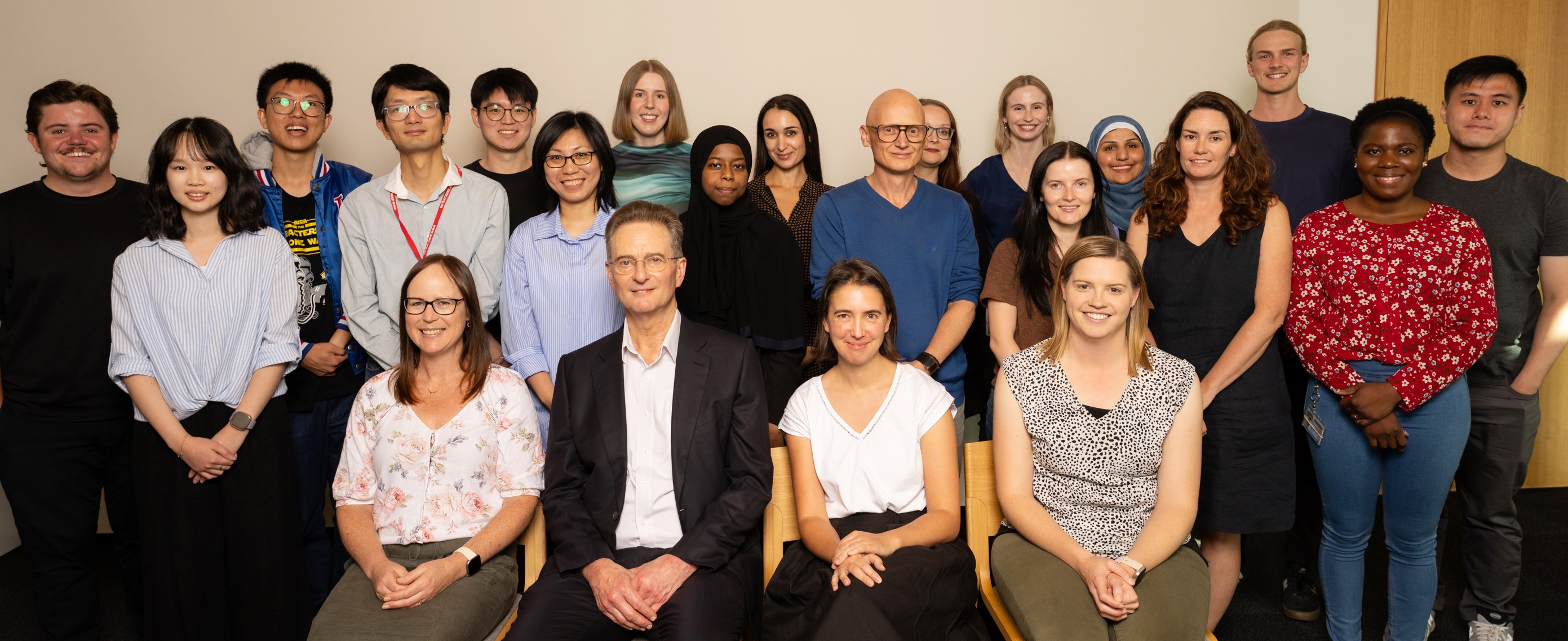
Laboratory head
- Prof Michael Brown

+61 8 7074 2335
michaelp.brown@sa.gov.au
Group Leader (Cancer Immunotherapy Group)
Team Members
Postdoctoral Research Scientists
- Dr Tessa Gargett
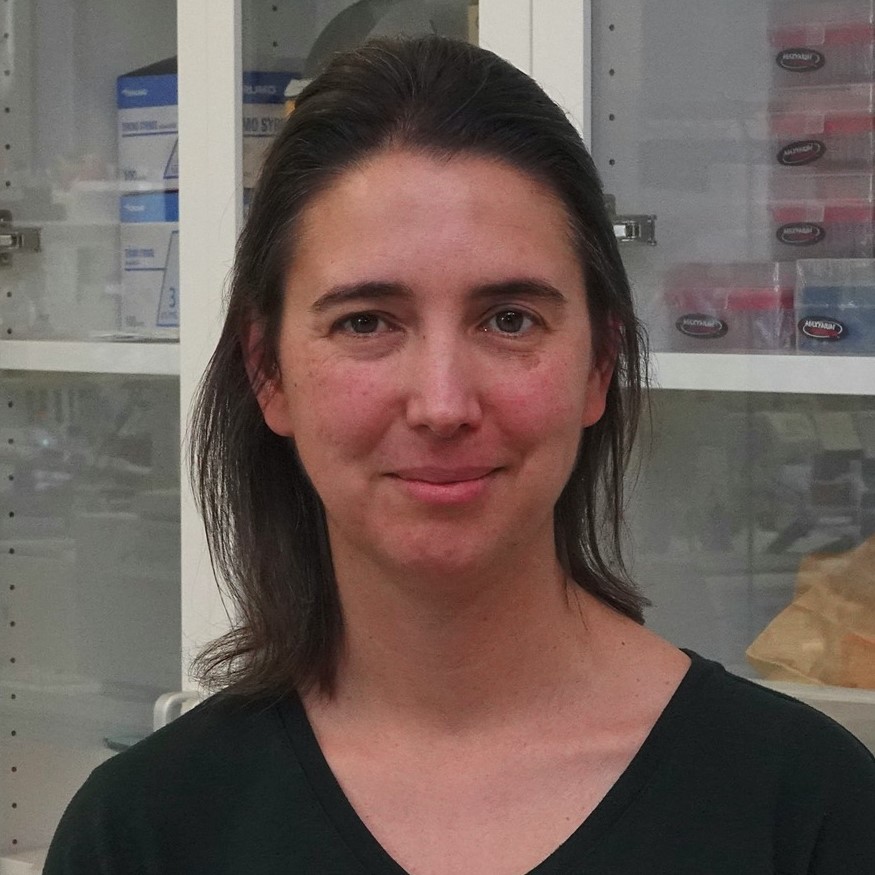
- Dr Wenbo (Stanley) Yu

- Dr Vasilios (Bill) Liapis

- Dr Nicole Wittwer

-
Dr Sidra Khan
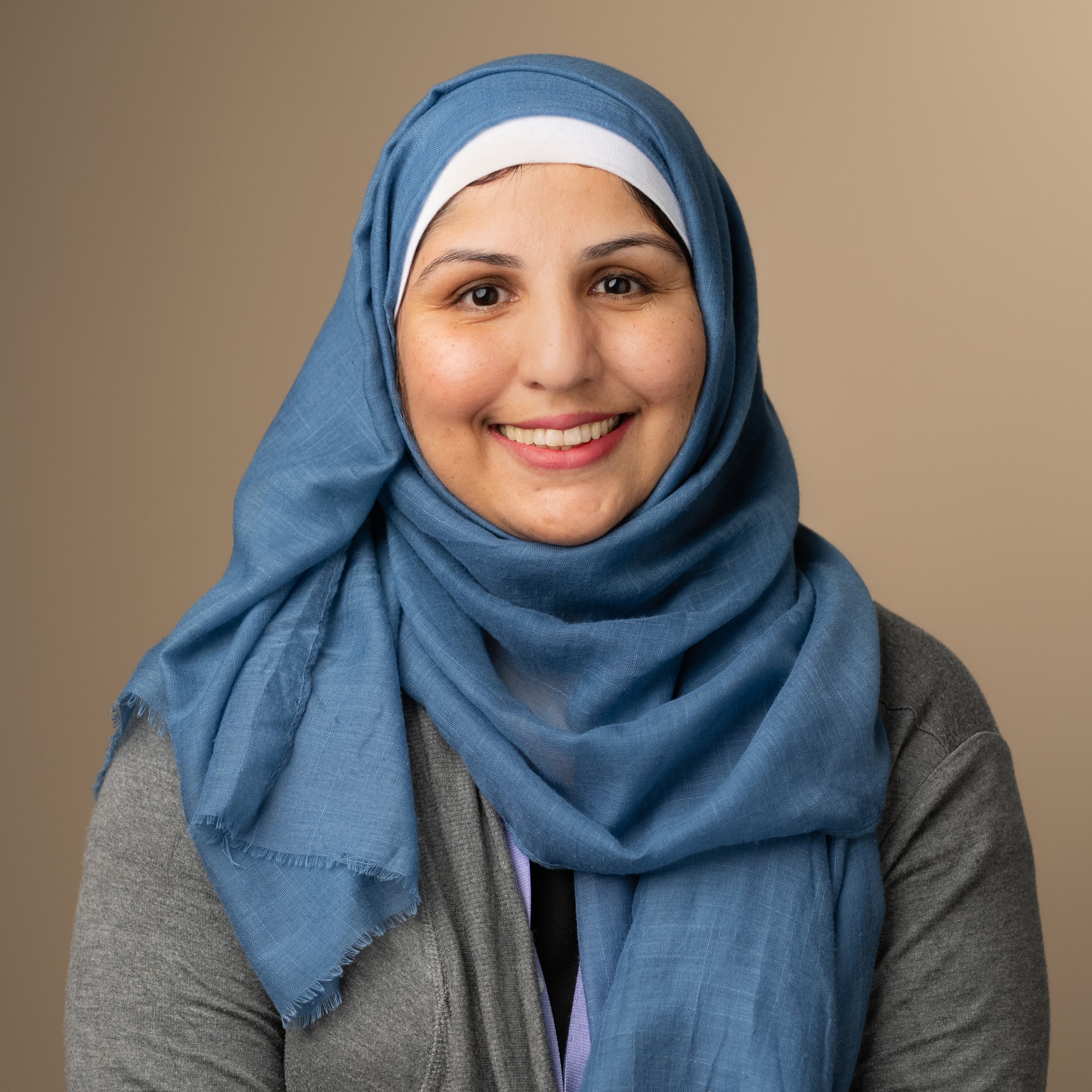
-
Dr Aurelia Elz

-
Dr Andy Low

-
Dr Erica Yeo

- Dr Minyu Wang
- Dr Alex Staudacher (Honorary)
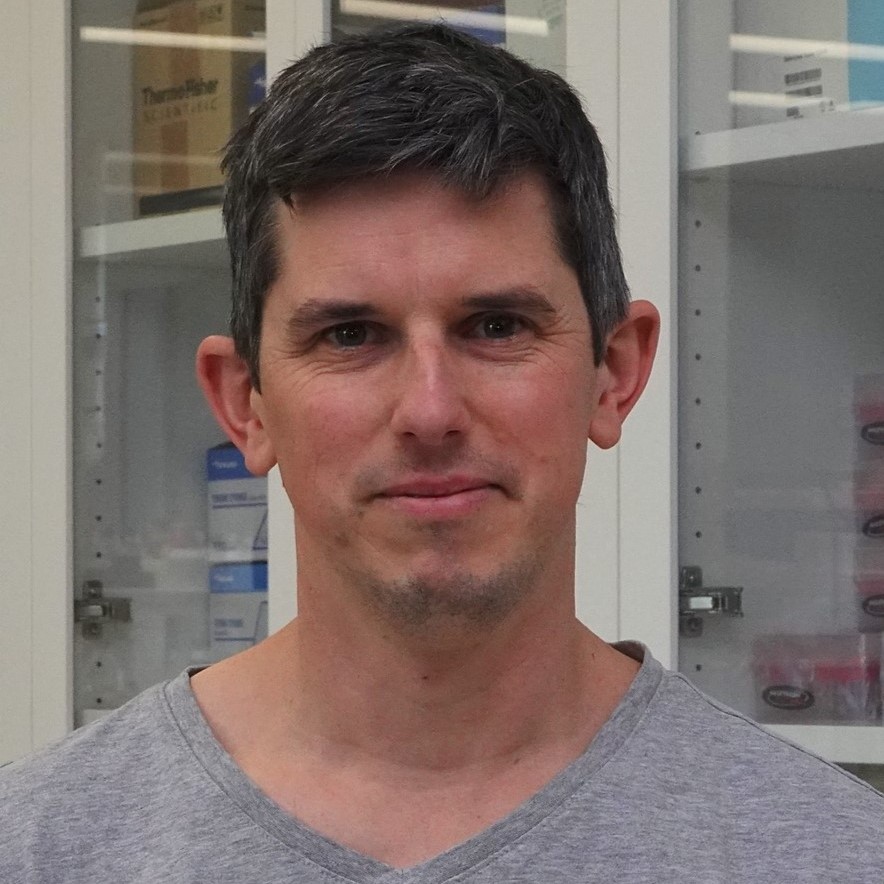
Research Assistants
- Ms Nga Truong

- Miss Paris Kollis

Students
- Mr Bryan Gardam
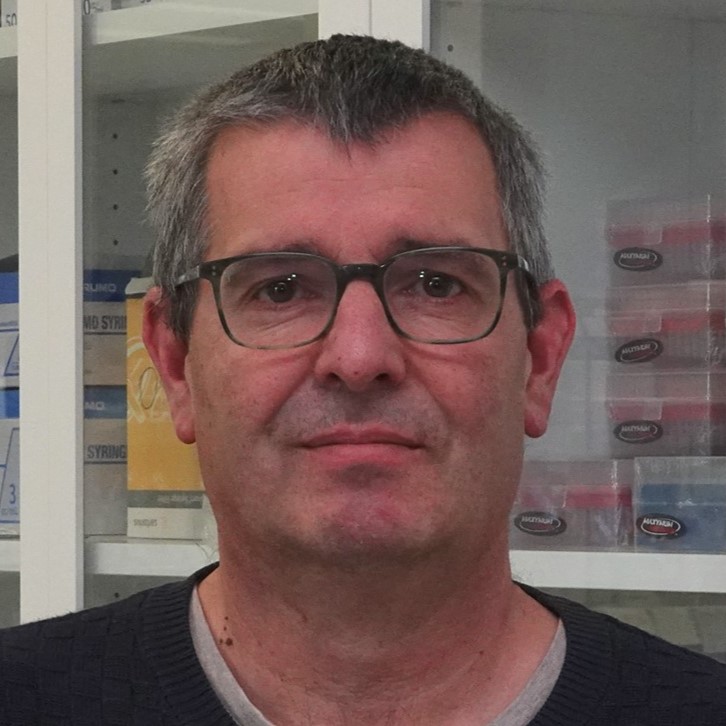
- Mr Eunwoo (Chris) Nam

- Ms Resty Nabeeta

- Ms Abbey Marshall

-
Miss Jasmine Kilyen-Coles

-
Mr Ryan Chin
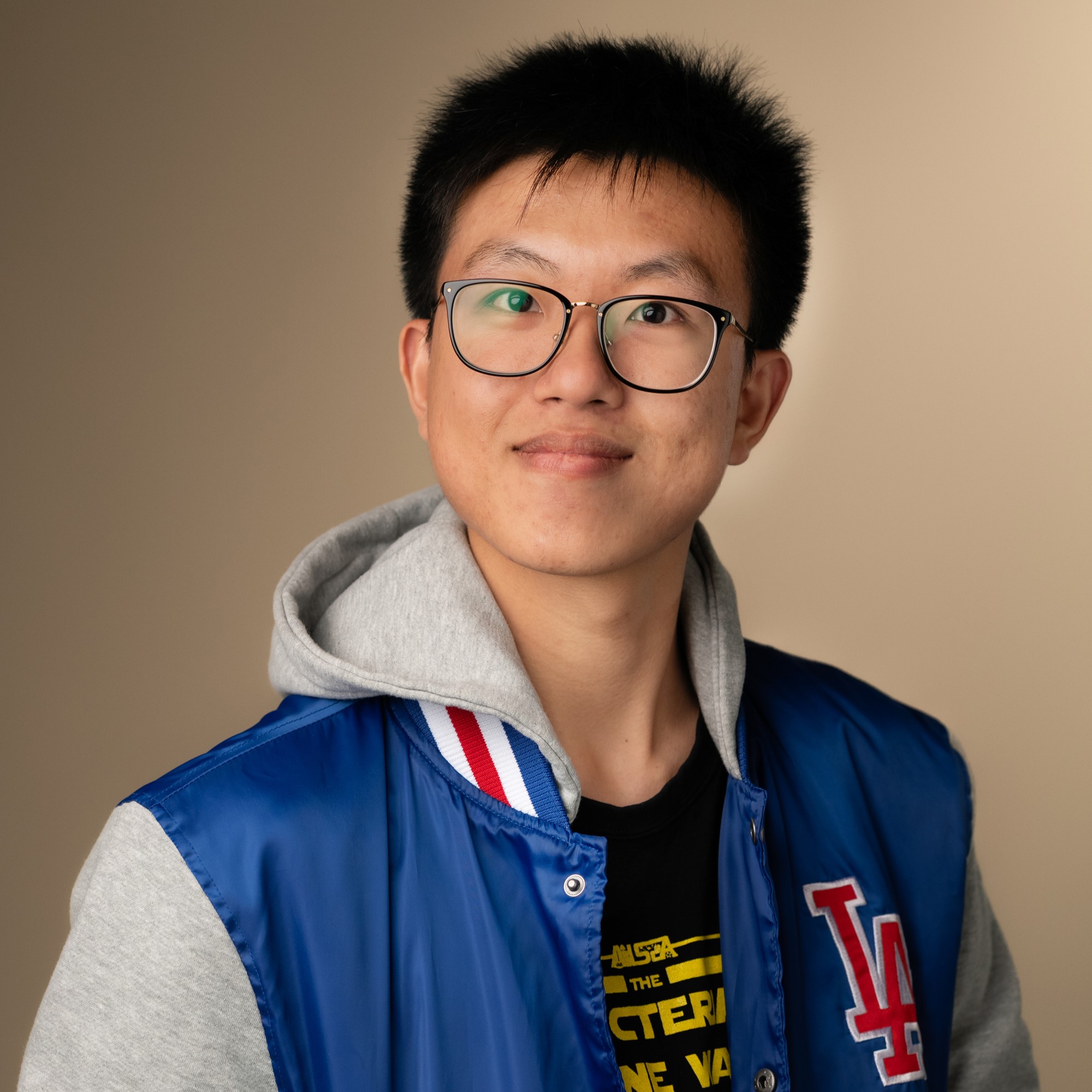
-
Miss Rachael Stone

-
Mr Leon Lim
Alumni
-
Mr Aidan Mackereth
-
Ms Felicity Peter
-
Ms Vanessa Vaz
-
Ms Bhagheshri Renu
-
Ms Kristyna Sedivakova
-
Ms Laura John
-
Dr Ruhi Polara
Select Recent Publications
- Liapis V, Wittwer NL, Tieu W, Gargett T, Brown MP, Staudacher AH. Detection of immune-mediated tumour cell death in vivo using Zirconium-89-labeled APOMAB®. J Transl Med. 2025 Jun 12;23(1):651. doi: 10.1186/s12967-025-06684-z.
- Yu W, Truong NT, Polara R, Gargett T, Tea MN, Pitson SM, Cockshell MP, Bonder CS, Ebert LM, Brown MP. Endogenous bystander killing mechanisms enhance the activity of novel FAP-specific CAR-T cells against glioblastoma. Clin Transl Immunology. 2024 Jul 5;13(7):e1519. doi: 10.1002/cti2.1519.
- Gargett T, Truong NTH, Gardam B, Yu W, Ebert LM, Johnson A, Yeo ECF, Wittwer NL, Tapia Rico G, Logan J, Sivaloganathan P, Collis M, Ruszkiewicz A, Brown MP. Safety and biological outcomes following a phase 1 trial of GD2-specific CAR-T cells in patients with GD2-positive metastatic melanoma and other solid cancers. J Immunother Cancer. 2024 May 15;12(5):e008659. doi: 10.1136/jitc-2023-008659.
- Wittwer NL, Staudacher AH, Liapis V, Cardarelli P, Warren H, Brown MP. An anti-mesothelin targeting antibody drug conjugate induces pyroptosis and ignites antitumor immunity in mouse models of cancer. J Immunother Cancer. 2023 Mar;11(3):e006274. doi: 10.1136/jitc-2022-006274.
- Gargett T, Ebert LM, Truong NTH, Kollis PM, Sedivakova K, Yu W, Yeo ECF, Wittwer NL, Gliddon BL, Tea MN, Ormsby R, Poonnoose S, Nowicki J, Vittorio O, Ziegler DS, Pitson SM, Brown MP. GD2-targeting CAR-T cells enhanced by transgenic IL-15 expression are an effective and clinically feasible therapy for glioblastoma. J Immunother Cancer. 2022 Sep;10(9):e005187. doi: 10.1136/jitc-2022-005187.
- Kollis PM, Ebert LM, Toubia J, Bastow CR, Ormsby RJ, Poonnoose SI, Lenin S, Tea MN, Pitson SM, Gomez GA, Brown MP, Gargett T. Characterising Distinct Migratory Profiles of Infiltrating T-Cell Subsets in Human Glioblastoma. Front Immunol. 2022 Apr 6;13:850226. doi: 10.3389/fimmu.2022.850226.
- Staudacher AH, Li Y, Liapis V, Brown MP. The RNA-binding protein La/SSB associates with radiation-induced DNA double-strand breaks in lung cancer cell lines. Cancer Rep (Hoboken). 2022 Aug;5(8):e1543. doi: 10.1002/cnr2.1543. Epub 2021 Oct 12.
- Truong NTH, Gargett T, Brown MP, Ebert LM. Effects of Chemotherapy Agents on Circulating Leukocyte Populations: Potential Implications for the Success of CAR-T Cell Therapies. Cancers (Basel). 2021 May 6;13(9):2225. doi: 10.3390/cancers13092225.
- Oksdath Mansilla M, Salazar-Hernandez C, Perrin SL, Scheer KG, Cildir G, Toubia J, Sedivakova K, Tea MN, Lenin S, Ponthier E, Yeo ECF, Tergaonkar V, Poonnoose S, Ormsby RJ, Pitson SM, Brown MP, Ebert LM, Gomez GA. 3D-printed microplate inserts for long term high-resolution imaging of live brain organoids. BMC Biomed Eng. 2021 Apr 1;3(1):6. doi: 10.1186/s42490-021-00049-5.
- Ebert LM, Yu W, Gargett T, Toubia J, Kollis PM, Tea MN, Ebert BW, Bardy C, van den Hurk M, Bonder CS, Manavis J, Ensbey KS, Oksdath Mansilla M, Scheer KG, Perrin SL, Ormsby RJ, Poonnoose S, Koszyca B, Pitson SM, Day BW, Gomez GA, Brown MP. Endothelial, pericyte and tumor cell expression in glioblastoma identifies fibroblast activation protein (FAP) as an excellent target for immunotherapy. Clin Transl Immunology. 2020 Oct 14;9(10):e1191. doi: 10.1002/cti2.1191.
- Staudacher AH, Liapis V, Tieu W, Wittwer NL, Brown MP. Tumour-associated macrophages process drug and radio-conjugates of the dead tumour cell-targeting APOMAB® antibody. J Control Release. 2020 Nov 10;327:779-787. doi: 10.1016/j.jconrel.2020.09.027. Epub 2020 Sep 15.
- Brown MP, Ebert LM, Gargett T. Clinical chimeric antigen receptor-T cell therapy: a new and promising treatment modality for glioblastoma. Clin Transl Immunology. 2019 May 20;8(5):e1050. doi: 10.1002/cti2.1050.
- Gargett T, Truong N, Ebert LM, Yu W, Brown MP. Optimization of manufacturing conditions for chimeric antigen receptor T cells to favor cells with a central memory phenotype. Cytotherapy. 2019 Jun;21(6):593-602. doi: 10.1016/j.jcyt.2019.03.003.
- Perrin SL, Samuel MS, Koszyca B, Brown MP, Ebert LM, Oksdath M, Gomez GA. Glioblastoma heterogeneity and the tumour microenvironment: implications for preclinical research and development of new treatments. Biochem Soc Trans. 2019 Apr 30;47(2):625-638. doi: 10.1042/BST20180444.
- Staudacher AH, Li Y, Liapis V, Hou JJC, Chin D, Dolezal O, Adams TE, van Berkel PH, Brown MP. APOMAB Antibody-Drug Conjugates Targeting Dead Tumor Cells are Effective In Vivo. Mol Cancer Ther. 2019 Feb;18(2):335-345. doi: 10.1158/1535-7163.MCT-18-0842.





